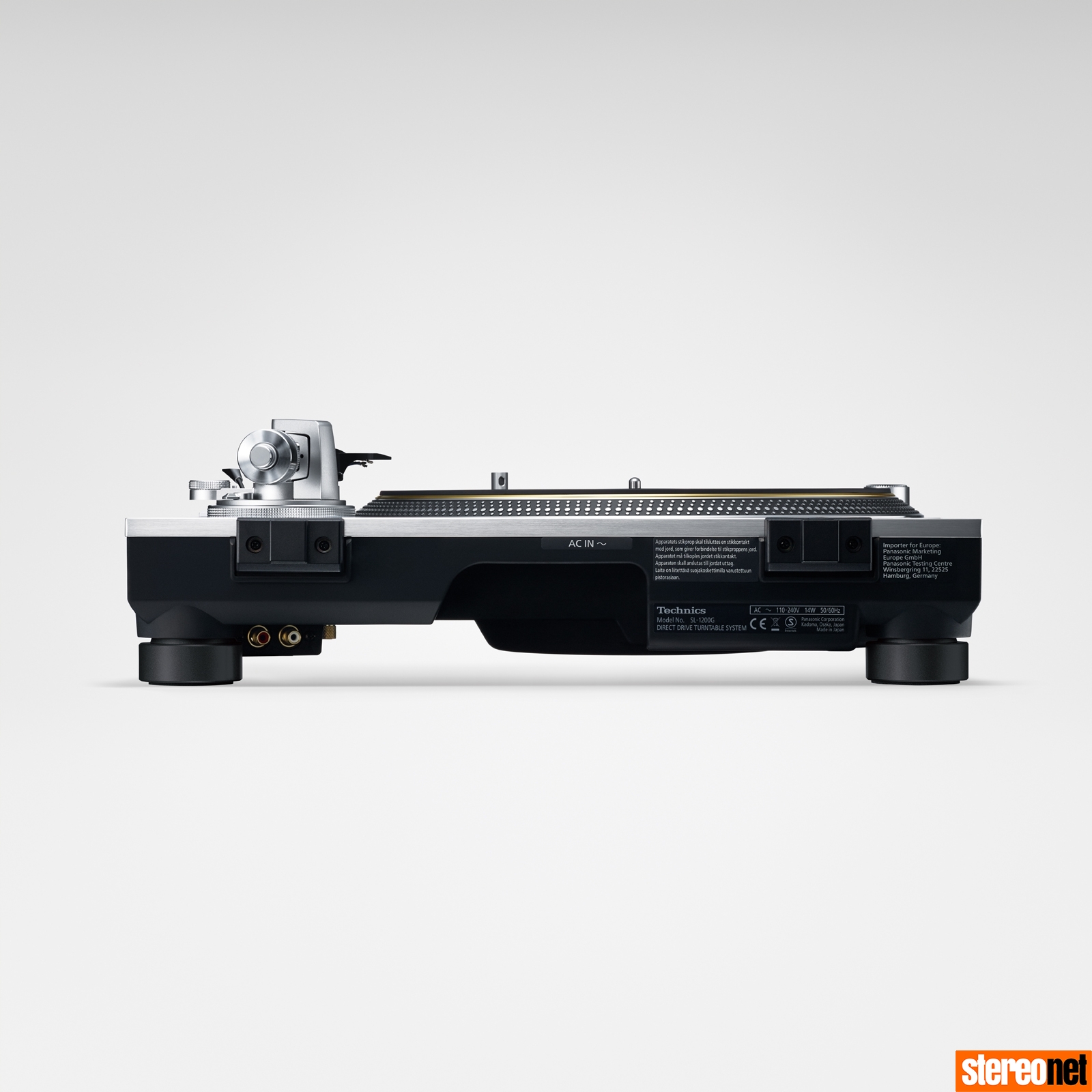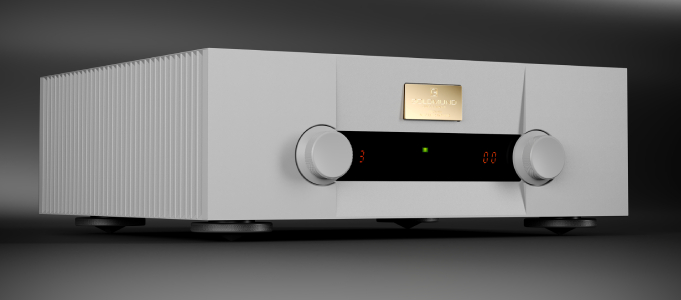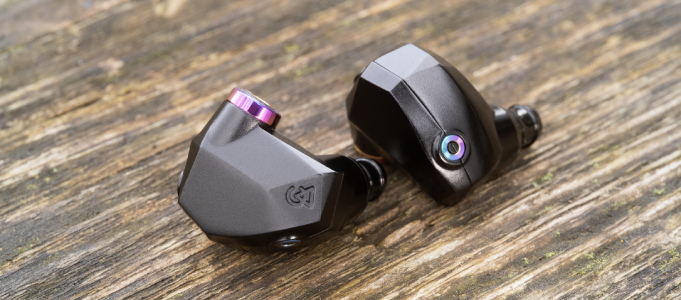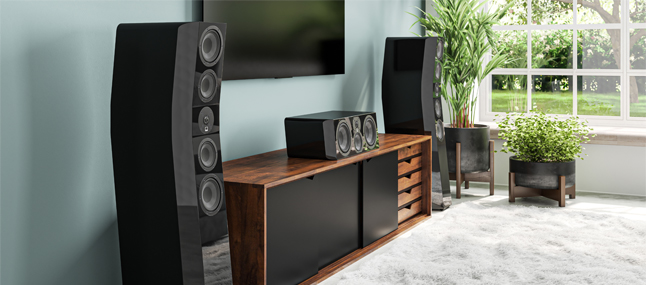Technics SL-1200G Turntable Review

The world's most iconic turntable has been reimagined. It's the same but even better, says David Price…
Technics
SL-1200G Turntable
£2,999

It's hard to understate the importance of the Technics SL-1200 – not to the hi-fi world, but to wider Western culture. It's an iconic design that people with little or no interest in the subject of turntables can recognise on the spot. Like the Mini car, the Filofax, Sony's Walkman and Apple's iPod, it has been part of the fabric of modern life for a great number of people. This isn't because they're all fans of direct drive record players, but rather “the Technics” – as it's often called – has been at the heart of club culture, dance music and disco before it, for a generation.
Sniffy hi-fi enthusiasts often dismiss the SL-1200 for precisely this reason. Apparently, being one of the world's most popular and long-lived record players – and certainly the most well known – isn't good enough. It is widely viewed by audiophile snobs as “that disco deck”, a sign that you're an oik without any semblance of knowledge about what constitutes a serious vinyl disc spinner. Yet you can't ignore the wisdom of crowds; the Technics had mass appeal for the best part of four decades. From October 1972 to early 2010, it sold strongly all around the world – until the machines used to make it physically wore out, and the company was forced to cease production.

This classic deck was not originally designed for DJ use, rather this came about as a by-product of its sheer indestructibility. Clubbers could lug this thing around with seeming impunity, instead of having to carefully disassemble it before transport. The very first version appeared in two guises; the SL-1200 with fitted tonearm, or the SL-120 without. It was Panasonic's most affordable direct-drive turntable in 1972, costing 'just' £135 in the UK with S-shaped pick up arm fitted. Its technical performance for the day was amazing, with a quoted -78dB rumble and 0.025% WRMS wow and flutter; this meant it was dramatically quieter and more speed-stable than practically every other turntable on sale.
Read our Technics SL-1200 interview with Tetsuya Itani
The new £2,999 Technics SL-1200G you see here is its direct ancestor. Actually, if we're being pedantic, it is more closely related to 1979's SL-1200 mk2; this gained quartz-locked speed control and a pitch slider giving plus/minus 6% speed control. To the horror of the naysayers, the new G version is functionally very similar to the mk2, but serious tweaks have been made under the skin to improve the sound. The irony is that – tonearm notwithstanding – the SL-1200 mk2 was already one of the best built turntables on sale at any price, right until the very end of its life. As we shall see, the new SL-1200G is even better…

INTO THE GROOVE
There was nothing much wrong with the classic SL-1200 mk2; certainly its plinth, motor and servo controller were up there with the best on sale, in my view. The deck comprised a heavy diecast aluminium upper section, a vibration-damping rubberised BMC composite base, and a motor that had more torque than any belt-drive I have ever tried. The new Tetsuya Itani-designed G model gets a brushed aluminium top-plate to add mass and give extra damping, so it all now weighs in at a total of 18kg. The platter – a weak point of the original design – is now heavier and better damped. Another compromise on the SL-1200 mk2 was the feet, but the new model gets improved versions that seem to isolate better. Overall size is a pleasingly compact 453x173x372mm, almost identical to before.
The SL-1200G's quartz-locked, servo-controlled direct-drive motor is brand new, giving a quoted wow and flutter of 0.025% WRMS, with a variable pitch of plus/minus 8% or 16% to its 33, 45 and 78RPM speeds. Careful attention has been paid to reduce 'cogging', to stop the deck constantly hunting up and down for the correct speed. The new SL-1200G motor is a coreless, twin-rotor design with a' hybrid encoder' at the bottom of the motor housing. A microcontroller detects the rotor position with the precision of 0.7 of a degree (i.e. 540 points in 360 degrees), and generates appropriate drive current for the stator coils. The new motor puts out 3.3kg/cm of torque, up from the SL-1210 mk5's 1.5kg/cm). To give you an idea what this means, you can push a record cleaning brush quite hard down on the platter while it's spinning an LP, and the deck barely slows down. Indeed, as soon as it senses that it is slowing, the servo calls up more current into the motor and speeds the platter back up. Try this with your average high-end belt drive, and it will grind to a standstill within a second or so.
The tonearm appears to be a better made version of that fitted to the SL-1200 mk2. It keeps the traditional gimbal suspension construction, with the horizontal rotation axis and the vertical rotation axis intersecting at a single central point. The company says that high precision bearings are fitted, and the armtube is magnesium surfaced with a matt finish. Internal wiring is copper, with OFC copper wire used for the [now non-captive] armlead, as used in the SL-1200 mk5. The headshell is a generic aluminium type with an SME bayonet fitting; Technics says it will accept cartridges from 5.6g to 19.8g. It feels classy enough to hand-cue, but I would suggest that it's still not quite up to the sublime standards of the motor and plinth in quality terms. The IEC power socket is fiddly to reach, being to the rear of the plinth and inset underneath, but apart from that, it's hard to argue with what is generally a beautifully made and designed product. Indeed, it's better put together than any other £2,999 turntable I know of.

SOUND QUALITY
For a turntable that – if you believe some commentators – is only supposed to be good enough for DJs, I have to say that the SL-1200G sounds hugely impressive. The essence of this new Technics its grip, power, control and poise. Those who read this as me saying “it's very impressive in hi-fi terms, but not musically” are point-blank wrong. It makes every record you play sound like an intense musical event that's bristling with energy and emotion, so much so that most – but not quite all – similarly priced belt drive turntables seem slow, leaden and lacking in energy.
Those, such as myself, who already own an SL-1200 mk2 will say, “okay yes, so what is new?” To that, I would reply that the difference between the two generations of decks is that the new one is subtly smoother, quieter and less aggressive sounding. It's just as much fun as the oldie – indeed even more so – but has fewer obvious drawbacks, more of which later…
The SL-1200G's overall musicality is the deck's standout feature, and hard to ignore – even when compared to more expensive superdecks. Yes, this Technics does have character – but it's a good one and hard not to love. Where a number of mid-to-high price belt drives fall over themselves to be detailed, incisive, even-handed and tonally accurate, this iconic direct drive just dives straight into the music and has a ball. Play Chic's Good Times or indeed any similarly beat-driven seventies disco-era tune, and you'll see what I mean.
Suddenly the vinyl oozes a wonderful sense of rhythm, instantly getting your feet tapping. You delight at the brilliant syncopation between the rhythm guitar, bass guitar and drum kit – along with the fantastic phrasing of the vocals. Everything is so clear and so explicit that you're left in no doubt about the power of the song's groove. Compared to the relatively similar priced Rega Planar 10 that I reviewed last month, the SL-1200G sounds tighter and tauter, with an apparent iron fist gripping on to the bass guitar work. The Rega is already excellent in this respect, but the Technics scores better still.

This wonderful time-domain performance is surely a function of its state-of-the-art new direct drive motor and quartz-locked servo, and has further implications for the sound. The frequency extremes – the bass and treble ranges – have a lovely crystalline quality to them. Down in the bottom couple of octaves, you can hear the distinctively crisp and 'etched' quality that the bass guitar possesses on Nick Lowe's So It Goes. This is a punchy new wave tune that's heavily guitar- and drum-driven, and the SL-1200G relishes this. Every aspect of the envelope of the bass note – attack, delay, sustain and reverb – is cleanly and accurately described by the Technics. There's none of the 'slurring' of bass notes that you get with almost every belt-drive deck I've heard. Indeed, the only turntable I have come across that does better on this score is Technics' own reference SL-1000R. The bass guitar comes over as precise pulses of energy – with a clearly defined beginning, middle and end – that push the song along with gusto. There is loads of power and punch to this deck's bottom end, too.
Top-notch direct drives like this seem to do something special to the high frequencies, too. Most belt drives appear to soften the sound of hard-struck hi-hat cymbals, such as those in the soaring classic rock of Rush's Red Barchetta – but not the SL-1200G. Its treble performance is superb in this respect, as you can hear all the rich harmonics fizzing off the instrument and a squeaky-clean reverb tail. There's a metallic sheen that's really rather unusual to hear, especially if you're used to average belt drives that sound cloudy and opaque up top.
This icy clarity descends down into the midband too, where the next facet of the deck's character reveals itself. Cue up the eighties pop of Kate Bush's Running Up That Hill, and one is struck by its sheer insight. Although not quite up to superdeck standards, it's better than most rivals because it shines a clean white light on the recorded acoustic. Because you can hear so much of what's going on in the recording, the Technics comes over as a rather special thing to listen to. The vocal line is unusually vibrant, with a good deal of atmosphere around it, rather than seeming to emerge from a dark, thick fog. All of this speaks to the deck's clean yet expressive nature – it may be spry, but it's not dry to the point of sucking all the life and soul out of the recording.

Soundstaging is excellent, but only up to a point. The first thing to say here is that, although more expansive than its SL-1200 mk2 predecessor, the new Technics doesn't quite have the widest sound around. The aforementioned Rega does better here for example, and Michell's GyroDec is comfortably ahead – giving a vast, cathedral-like recorded acoustic to Thomas Dolby's One of Our Submarines. This classic eighties electro-pop track can sound vast, but the SL-1200G reduces its scale from left to right ever so slightly. Within this, image location is top-notch; it's as if the different strands of the mix are bolted down to objects in your listening room, because they appear so secure in relation to one another. The deck's overall sense of precision helps here; all is tidy and ordered with no wavering however loud and/or complex the programme material gets. The result is a spacious, confident sound that has a mastertape-like feel. Depth perspective is good too, letting things fall back to give a pleasingly three-dimensional feel – although it's nothing exceptional.
It is clear to me that like the SL-1200 mk2, this new deck has a better motor unit than it does a tonearm. The new arm is certainly superior to the old one – with obvious improvements in smoothness, dynamics and focus – but is still nothing to write home about. I used a range of cartridges in my review deck, and found it would track entry-level Lyra and van den Hul moving coils reasonably well, but there's little point dropping a top-flight high end MC into it. The deck does respond well to using a better quality carbon fibre or magnesium headshell though, increasing the focus and smoothing things tonally just a tad. One wonders if the company will ever sell the SL-120G – i.e. this deck minus the stock tonearm? I did ask Tetsuya Itani, but he responded with nothing more than a diplomatic smile, so I doubt it.

THE VERDICT
 Like its predecessor, the new Technics SL-1200G isn't absolutely flawless, but what it does well, it does exceptionally well. It's not quite as smooth, refined or detailed as some similarly priced turntable/arm packages, but in every other respect, it pushes ahead. Fantastically fun to listen to, extremely capable in most audiophile senses and built as well as some turntables at ten times its price, it's nigh on impossible to criticise. Buy it, love it – but do prepare yourself for the “DJ deck” jibes from your friends down the pub who haven't yet heard it…
Like its predecessor, the new Technics SL-1200G isn't absolutely flawless, but what it does well, it does exceptionally well. It's not quite as smooth, refined or detailed as some similarly priced turntable/arm packages, but in every other respect, it pushes ahead. Fantastically fun to listen to, extremely capable in most audiophile senses and built as well as some turntables at ten times its price, it's nigh on impossible to criticise. Buy it, love it – but do prepare yourself for the “DJ deck” jibes from your friends down the pub who haven't yet heard it…
For more information, visit Technics.
Related: Inside Track: The Second Coming of the Technics SL-1200
David Price
David started his career in 1993 writing for Hi-Fi World and went on to edit the magazine for nearly a decade. He was then made Editor of Hi-Fi Choice and continued to freelance for it and Hi-Fi News until becoming StereoNET’s Editor-in-Chief.
Posted in:Hi-Fi Applause Awards 2019 Turntables
Tags: technics applause award panasonic
JOIN IN THE DISCUSSION
Want to share your opinion or get advice from other enthusiasts? Then head into the Message Forums where thousands of other enthusiasts are communicating on a daily basis.
CLICK HERE FOR FREE MEMBERSHIP






